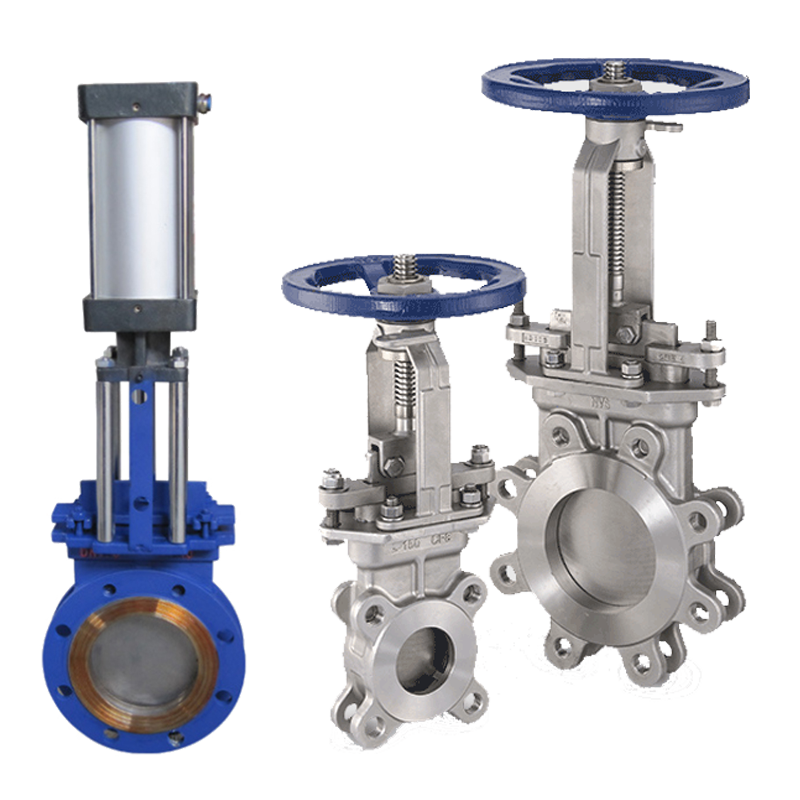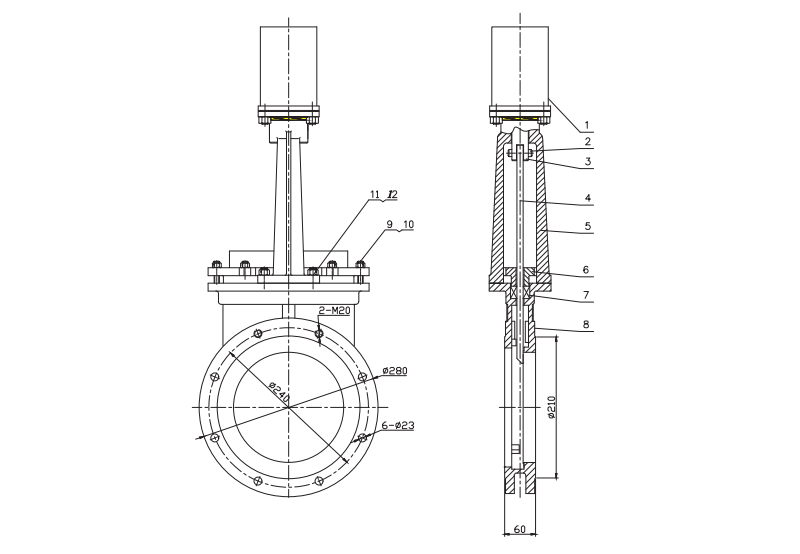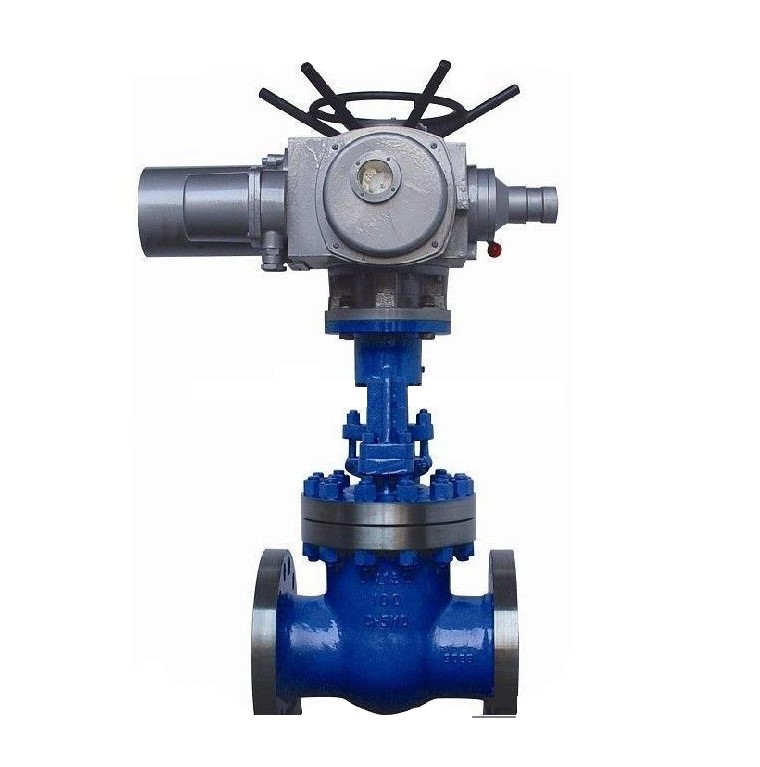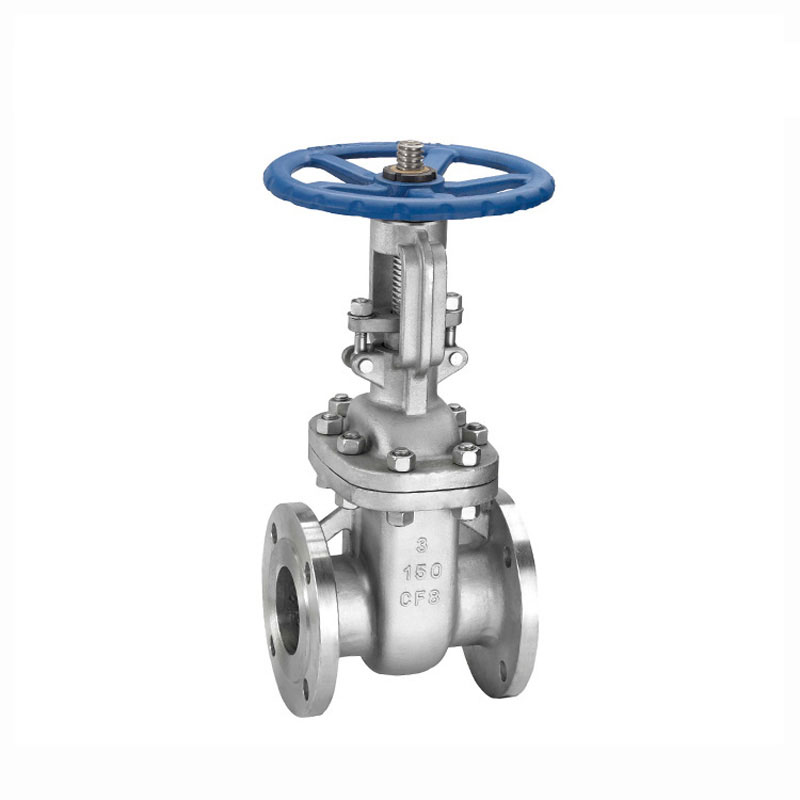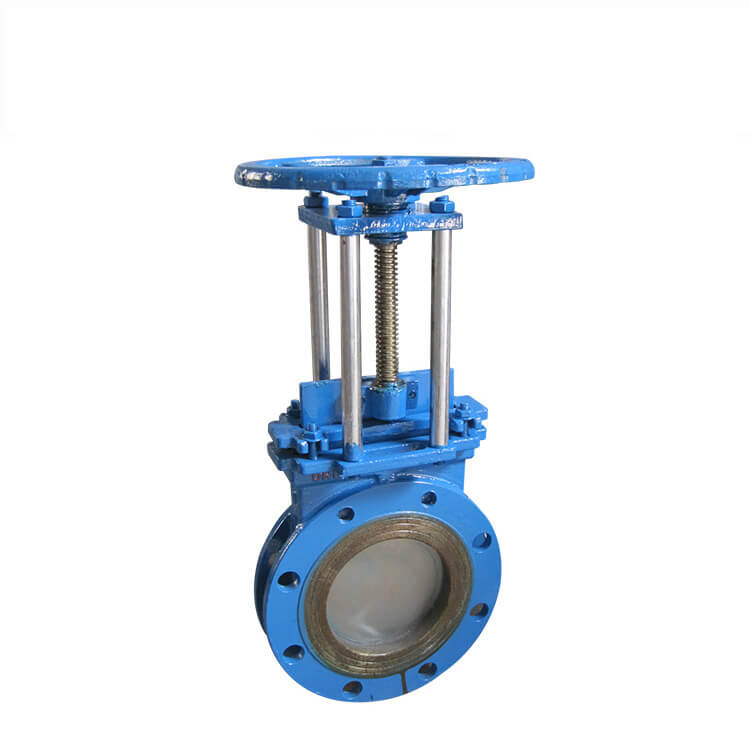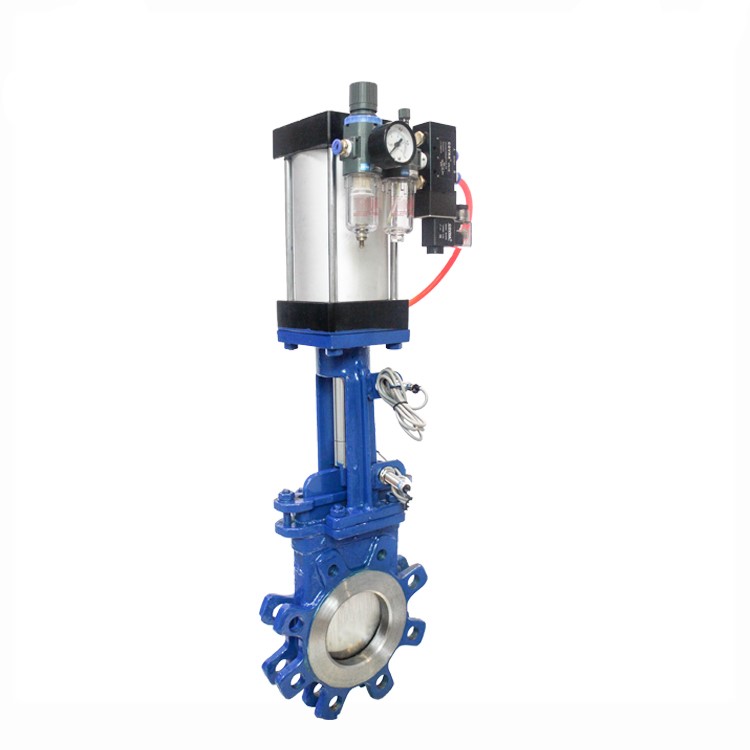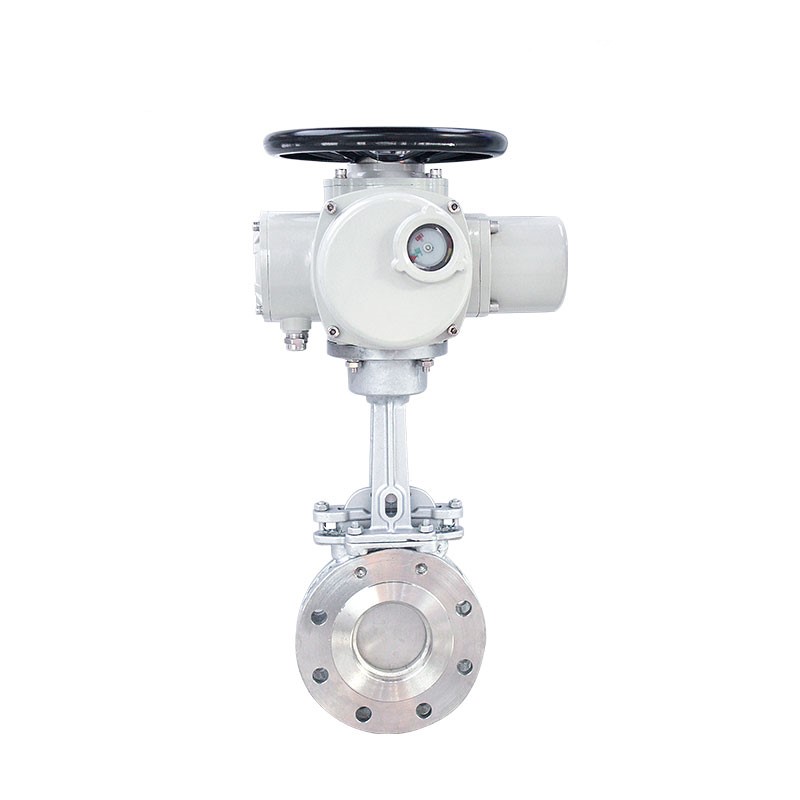COVNA Manual Rising Stem Knife Gate Valve
Technical Parameters
| Item | Specification |
|---|---|
| Nominal Diameter | DN50 – DN2000 (2″ – 80″) |
| Nominal Pressure | 0.6 / 1.0 / 1.6 / 2.5 MPa, 150Lb |
| Operating Temperature | -38°C ~ 1100°C (-100°F ~ 2000°F) |
| Sealing Material | Stainless Steel / PTFE / PTFE |
| Body Material | Cast Iron / WCB / CF8 / CF8M / Stainless Steel |
| Connection Type | Wafer / Flange |
| Actuation | Manual / Electric / Pneumatic |
| Connection Standards | ANSI / GB / DIN / BS / NF / JIS |
Knife Gate Valve Widely Application:
The valve is suitable for pipeline conveying such mediums including syrup, paper pulp, sludge, sewage, coal slurry, etc. for controlling switching on/off and throttling. It allows horizontal mounting as well as inclined mounting.
Product Features
Efficient Cutting: Sharp and wear-resistant blades, suitable for high-viscosity and highly abrasive media
Anti-clogging Design: Optimized valve chamber structure reduces solids buildup
Corrosion Resistance: Optional CF8M stainless steel, suitable for acid and alkali corrosion conditions
Multi-Standard Compatibility: Flange standards such as ANSI, GB, DIN, BS, and JIS
Easy Maintenance: Compact design allows for easy disassembly and seal replacement
Knife Gate Valve Dimensions:
Why Choose COVNA
Over 20 Years of Industrial Valve Manufacturing Experience
Strict Quality Inspection and Factory Testing
Global Service and Technical Support
Customizable Sizes, Materials, and Actuation Methods





